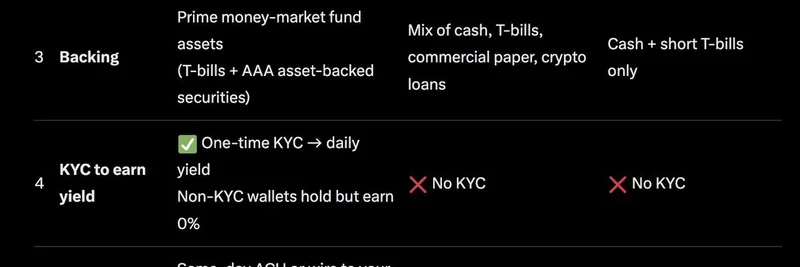In a recent tweet thread, Dr. Bernhard Scholz, Chief Research Officer at Sonic Labs, shed light on a persistent challenge in blockchain databases and how their innovative SonicDB tackles it head-on. If you're diving into the world of meme tokens or blockchain tech, understanding these optimizations can give you an edge in spotting high-potential projects.
Most blockchain databases rely on a Merkle-Patricia trie (MPT) layered over key-value stores like LevelDB or RocksDB. An MPT is essentially a cryptographic tree structure that ensures data integrity through hashing—think of it as a secure filing system where every change is verifiable. However, this setup introduces "read amplification," where accessing data requires multiple lookups, slowing things down as the database grows. It's like searching for a book in a library where you have to check the catalog and then the shelf separately, and it gets worse with more books.
SonicDB flips the script by indexing the world state directly in binary files, cutting out the middleman. This means no extra layers, no unnecessary lookups—just faster access times. As Dr. Scholz explains, this design avoids the read amplification problem entirely, significantly improving performance for the Sonic blockchain.
For context, Sonic is a high-performance EVM-compatible Layer-1 blockchain, boasting up to 400,000 transactions per second and instant finality. It's evolved from the Fantom network and is a hotbed for DeFi and meme tokens, with initiatives like Meme Mania and Meme Season rewarding top memecoins with prizes in $S or other tokens. Faster database access via SonicDB means smoother operations for these viral assets, potentially leading to quicker transactions and lower fees—key factors that can make or break a meme token's hype cycle.
Diving deeper, the accompanying blog post from Sonic Labs (Inside SonicDB: Faster State Access Without the Overhead) reveals impressive benchmarks. SonicDB processed the first 11 million blocks of the Sonic mainnet at an average rate of 1,300 MGas/s—over six times faster than Ethereum's Geth client at 210 MGas/s. This speedup comes from reducing access time complexity from O(log²n) to O(log n), a technical win that translates to real-world efficiency.
What does this mean for meme token enthusiasts? On platforms like Sonic, where memecoins thrive through community-driven events, a snappier database supports higher throughput. Imagine launching a new meme token during a frenzy; with SonicDB, your smart contracts execute faster, reducing the risk of bottlenecks that could kill the momentum.
Sonic Labs continues to push boundaries, blending academic rigor—Dr. Scholz is a former professor at the University of Sydney—with practical blockchain innovation. If you're building or trading in the meme space, keeping an eye on tech like SonicDB could help you navigate the fast-paced world of crypto more effectively.
For more on Sonic's meme ecosystem, check out their Meme Mania leaderboard or explore the Sonic blockchain. As the space evolves, tools that enhance speed and scalability will be crucial for the next wave of meme token success.



